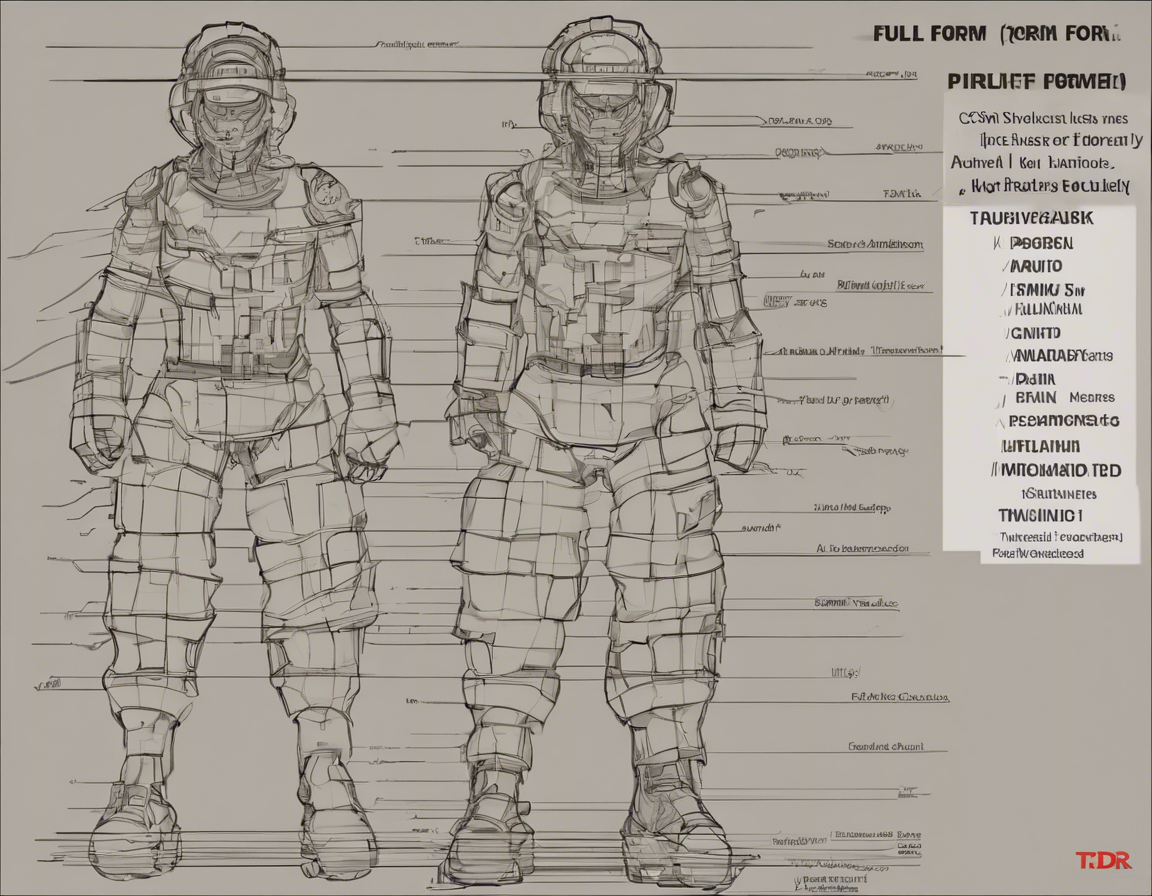When it comes to understanding the technical jargon in various fields, acronyms play a significant role in making communication more efficient. As we delve into the world of urban planning, real estate, or transportation, you might come across TDR, a term that stands for Transfer of Development Rights. In this comprehensive guide, we will unpack the concept of TDR, its significance, applications, and how it influences various aspects of urban development. Let’s unravel the layers of TDR to comprehend its essence and impact on the urban landscape.
Understanding TDR:
1. What is Transfer of Development Rights (TDR)?
Transfer of Development Rights (TDR) is a planning technique that allows for the separation of development rights from the physical land itself. In simpler terms, TDR enables the transfer of the potential to develop land from one property to another. This process empowers property owners to sell the unused development rights from their property, typically in areas designated for preservation or lower-density development, to developers in more suitable zones where additional density is permitted.
2. How Does TDR Work?
In a TDR transaction, the seller (often in a rural or historically significant area) sells their development rights to the buyer (usually in an urban or high-density area). The buyer can then use these purchased development rights to increase the density or intensity of development on their property beyond what is typically allowed by zoning regulations.
Significance of TDR:
3. Preserving Open Spaces and Historic Sites:
One of the primary benefits of TDR is its role in preserving open spaces, farmlands, historic sites, and other areas with significant ecological or cultural value. By allowing the transfer of development rights from these sensitive areas to more appropriate locations, TDR helps strike a balance between urban growth and conservation.
4. Promoting Smart Growth:
TDR promotes smart growth by directing development to areas where infrastructure and services are already in place. This leads to more efficient land use, reduced urban sprawl, and a more sustainable approach to urban development.
5. Encouraging Redevelopment:
TDR can incentivize the redevelopment of underutilized or blighted areas by providing developers with the opportunity to increase density and profitability. This can lead to the revitalization of downtown areas or obsolete industrial sites.
Applications of TDR:
6. In Urban Planning:
Urban planners often use TDR as a tool to manage growth, preserve open spaces, and steer development towards designated areas while maintaining the overall density and character of a city.
7. In Real Estate Development:
Developers utilize TDR to unlock the development potential of properties in constrained areas or historic districts, enabling them to maximize the use of land while respecting zoning restrictions.
TDR Process:
8. Identification of Sending and Receiving Areas:
The first step in implementing a TDR program is identifying sending areas (where development rights can be transferred from) and receiving areas (where these rights can be transferred to).
9. Establishing TDR Ratios:
TDR programs typically have ratios that determine how much development rights can be transferred. For example, a 1:1 ratio means that one square foot of development rights can be transferred for each square foot of land sold.
10. Transfer Mechanism:
The mechanism for transferring development rights can vary, but it often involves the recording of a deed restriction on the sending property and a development rights certificate issued to the receiving property.
Frequently Asked Questions (FAQs) about TDR:
1. What are the benefits of using TDR in urban planning?
- TDR helps preserve open spaces, direct growth to suitable areas, and encourage redevelopment without compromising density limits.
2. Can TDR be used to protect historic buildings or landmarks?
- Yes, TDR can be applied to preserve historic structures by allowing the transfer of development rights to more appropriate locations.
3. Are TDR programs legally binding?
- Yes, TDR programs are typically backed by legislation and regulations to ensure the proper transfer of development rights.
4. Who oversees TDR transactions?
- TDR transactions are often monitored by local planning departments or designated authorities to ensure compliance with regulations.
5. Can TDR be used in rural areas as well?
- Yes, TDR can be applied in rural areas to protect agricultural land or environmentally sensitive areas by transferring development rights to urban centers.
Conclusion:
In conclusion, Transfer of Development Rights (TDR) is a powerful tool in urban planning and real estate development that enables the efficient use of land while preserving important resources and heritage. By understanding the intricacies of TDR, stakeholders can make informed decisions that balance growth, conservation, and sustainability in our cities and communities. Embracing TDR as a planning strategy can lead to more resilient, vibrant, and well-managed urban environments for generations to come.
